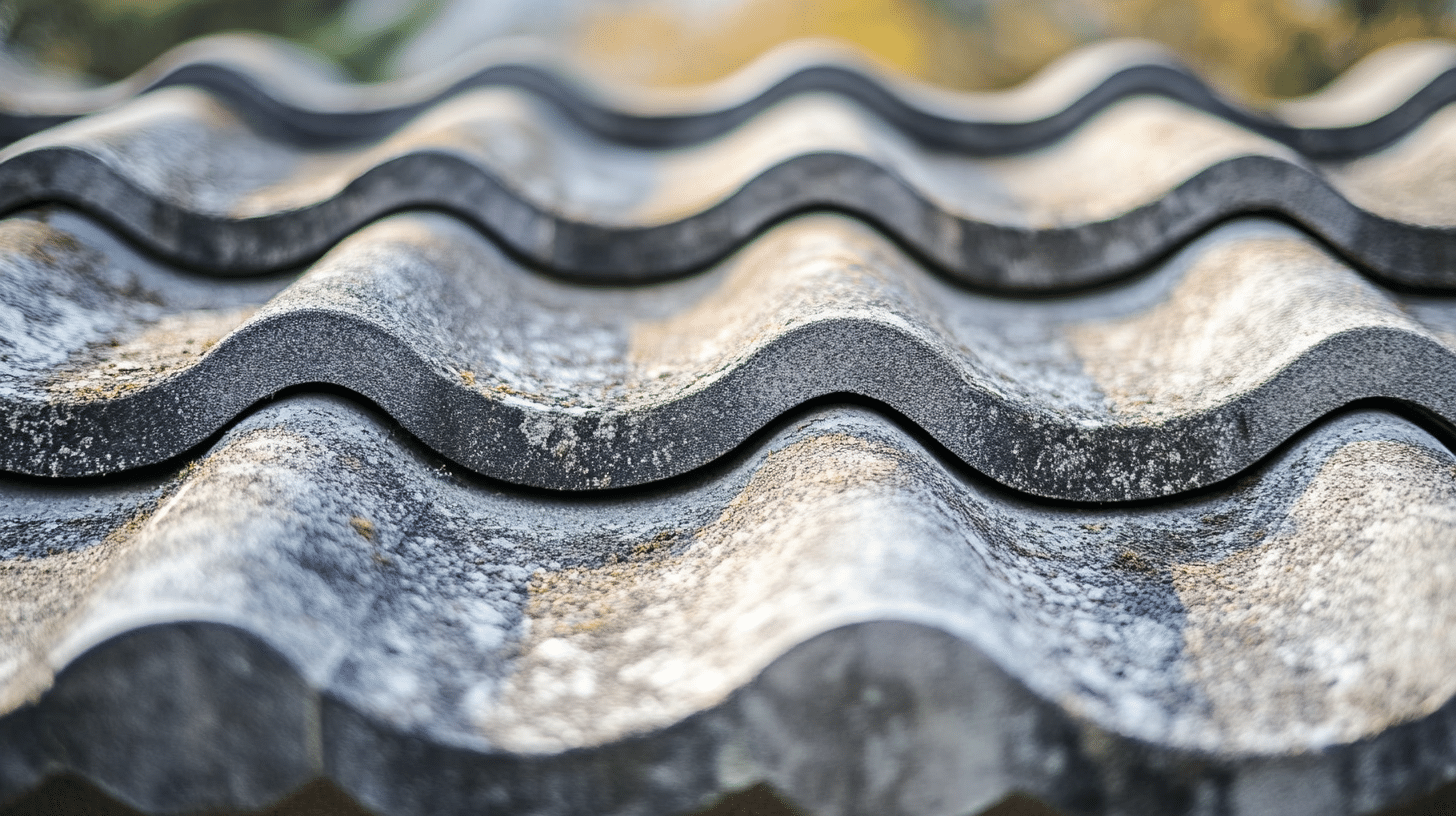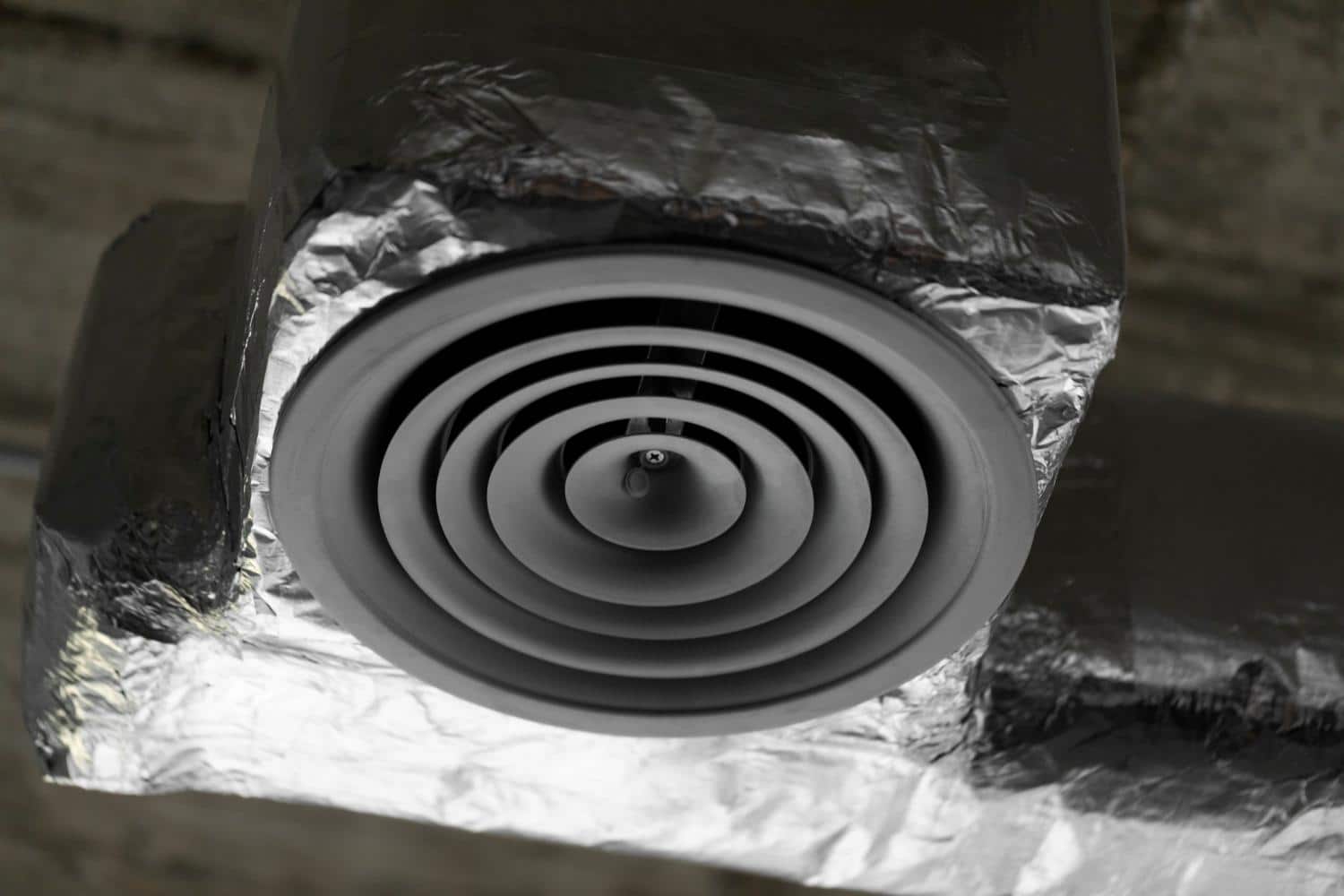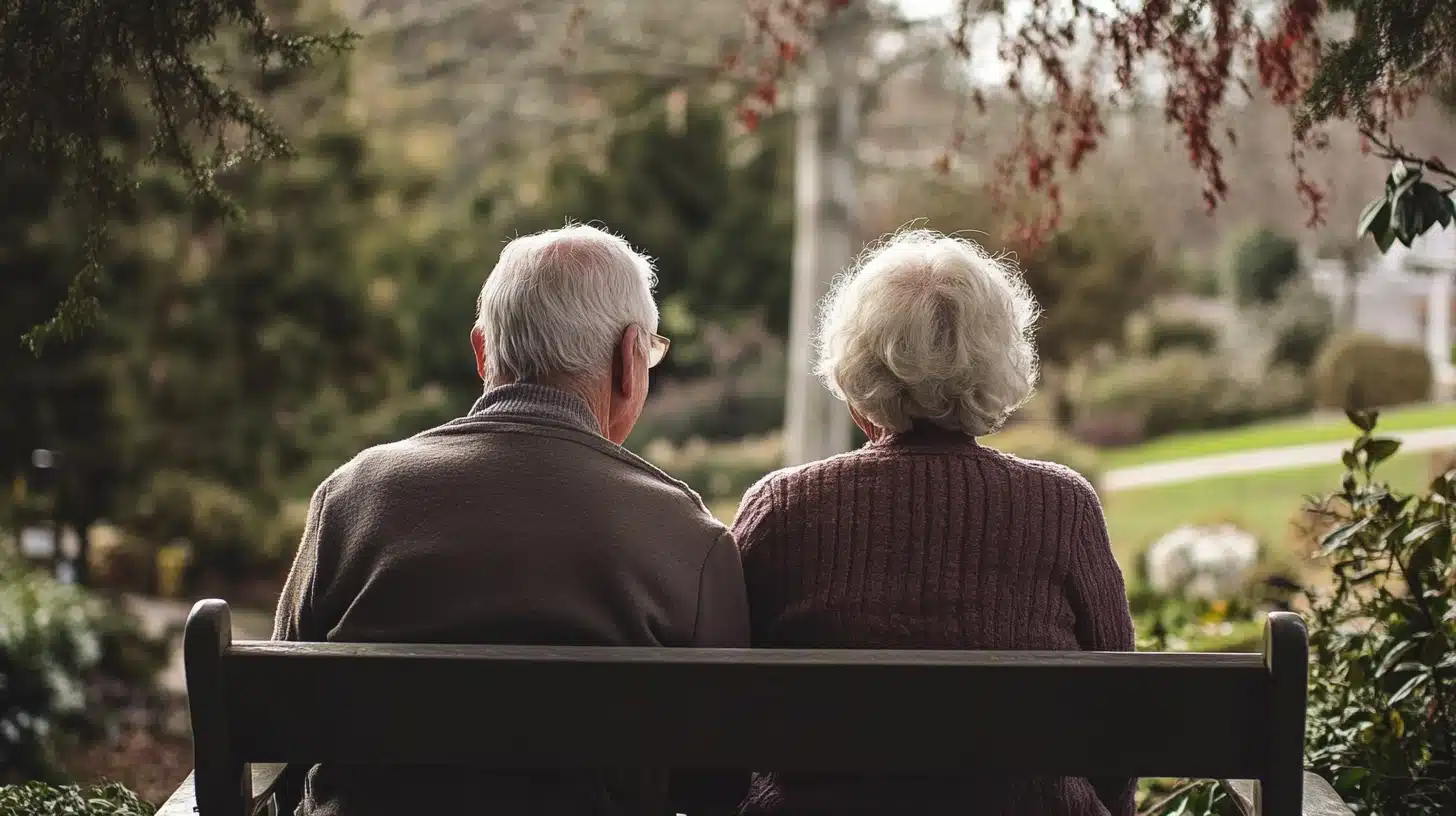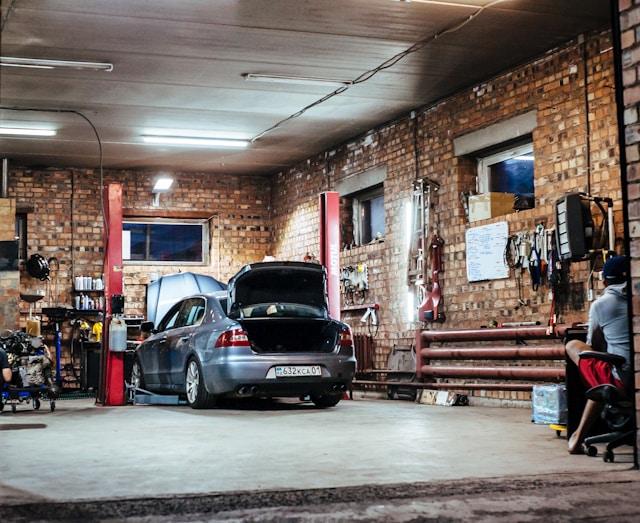Do I Need To Replace My Asbestos Roof?
Asbestos used to be the go-to roofing material for a range of different buildings – that was until it came out that it was extremely hazardous to your health.
That said, many homes with asbestos roofs are still standing today, which begs the question, do you need to remove your asbestos roof and build a new one? The better question is whether you are willing to take that risk.
In this article, we’ll discuss asbestos and why you should consider replacing an asbestos roof with another type of roofing material.
If you’ve been exposed to asbestos and are concerned about health risks, consulting with a mesothelioma law firm may also be advisable to understand your legal options.
What Is Asbestos?
Asbestos is a naturally occurring fibrous silicate mineral that is highly heat and fire-resistant that when woven can be used to construct various items, including roof sheets. It is a wonderful thermal and electrical insulator, so you can see why it was the choice material for building roofs.
Is Asbestos Roofing Safe?
While asbestos is a material that has some wonderful qualities that make it excellent for building, unfortunately, being a carcinogen, these good qualities do not outweigh its negative and hazardous properties.
As the asbestos ages, the roof begins to degrade, releasing the asbestos particles into the air, which, when inhaled by a person, can cause the individual to develop asbestos-related diseases like mesothelioma or lung cancer later on in life. Any exposure to asbestos is bad and potentially life-threatening in the long run.
How to Identify if My Roof Is Made of Asbestos

In some cases, you might be able to pick up signs of asbestos roofing relatively easily, but not always. That said, there are some signs that might indicate that your roof has asbestos in it. Here’s what you can look for:
- Look at the date your house was built and whether or not it still has its original roof. If your house was built between the 50s to the 70s, then there’s a good chance that it may have asbestos in it
- Another sign that your roof might have asbestos in it is if its panels are corrugated. While this isn’t always the case, many older asbestos roofs used the same style, so it’s worth looking into
- Check to see if your roof looks like it has cracks. If it looks like it is crumbling, then it is most likely 100% concrete
- Again, this isn’t another concrete sign that your roof is made from asbestos, but if it has dimples or craters developing on its surface, this might show the presence of asbestos
- Finally, check if the roof has developed a lot of moss or lichen
Should You Remove Your Asbestos Roof?
Our go-to when it comes to hearing about the hazards of asbestos is to leap to having it removed as soon as possible. While there are benefits in doing this, just because you find out that your roof has asbestos in it doesn’t mean you have to strip it off your house and put a new roof on.
There are ways in which you can manage the asbestos before having to remove it completely. For instance, if the roof is still in good condition, you can leave it as is and monitor it over time to ensure that you attend to it as it degrades.
In addition to that, moving the asbestos roof might actually be more dangerous if not done correctly. The reason for this is because of the asbestos fibres that are released when you break down the roof. A solution for this would be to encapsulate the roof, thus keeping the asbestos fibres from travelling.
Is It Possible to Remove Asbestos Yourself?
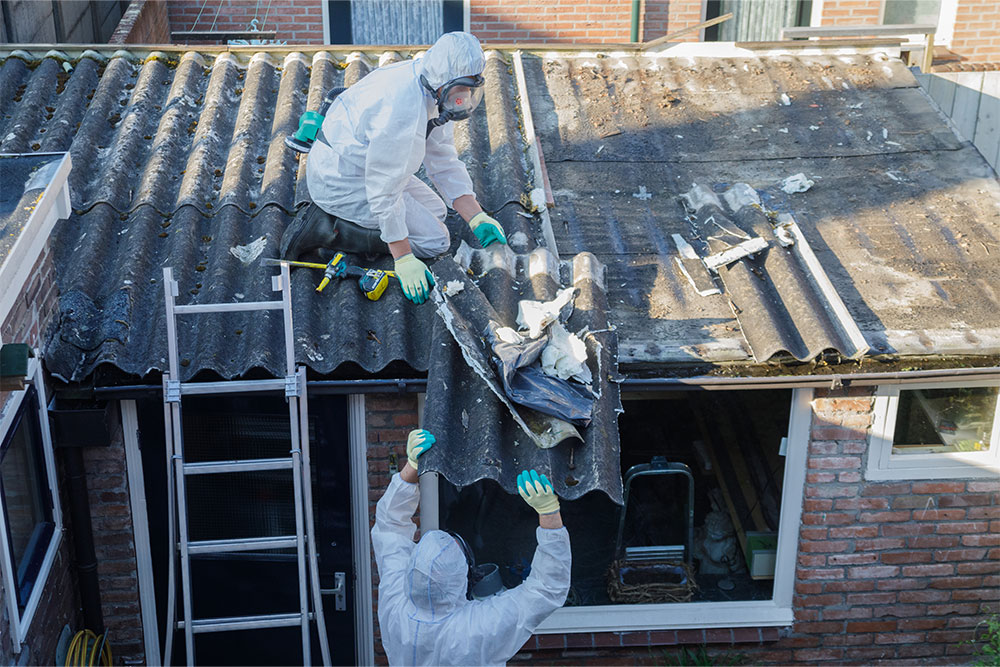
In light of what we have discussed, removing your own asbestos roof isn’t advised. While it’s possible, we strongly advise that you get a professional involved, both for your own safety and for legal reasons. As someone with less experience, you could accidentally trigger the asbestos fibres to be released, affecting you and those in the surrounding area.
How Is Asbestos Roofing Removed?
So, when a technician comes to your house, how will they safely remove the asbestos without allowing the fibres to disperse? While some technicians or contractors might have a different approach, this is what they’ll do essentially:
- They’ll assess the site, consider the size and shape of your roof and where the possible risks lie, and then they’ll create a plan with the closest possible risk before attempting to remove the asbestos
- Before they start working, they’ll notify any authorities and neighbours regarding the work
- They’ll then set up the work area, cornering it off so no one can get in without access, and they’ll put warning signs up
- Any workers working with the asbestos will wear personal protective gear like respirators, gloves, and disposable overalls
- As they work with the asbestos, they’ll keep it wet, removing the sheets carefully to minimise the amount of asbestos fibres released
- The asbestos will then be packed into thick polythene bags and sealed
- The workers will then decontaminate themselves as before leaving the area and will conduct an air test to see that asbestos levels are safe for you to return
- After the asbestos has been taken to a certified waste site, your home will be checked to see that it’s free from contamination, and if so, it’ll be certified
Final Thoughts
Asbestos isn’t something to mess around with and if you’re even the slightest bit worried about your home, then find out more about removing asbestos from your roof as soon as possible. Rather be safe than sorry right?

